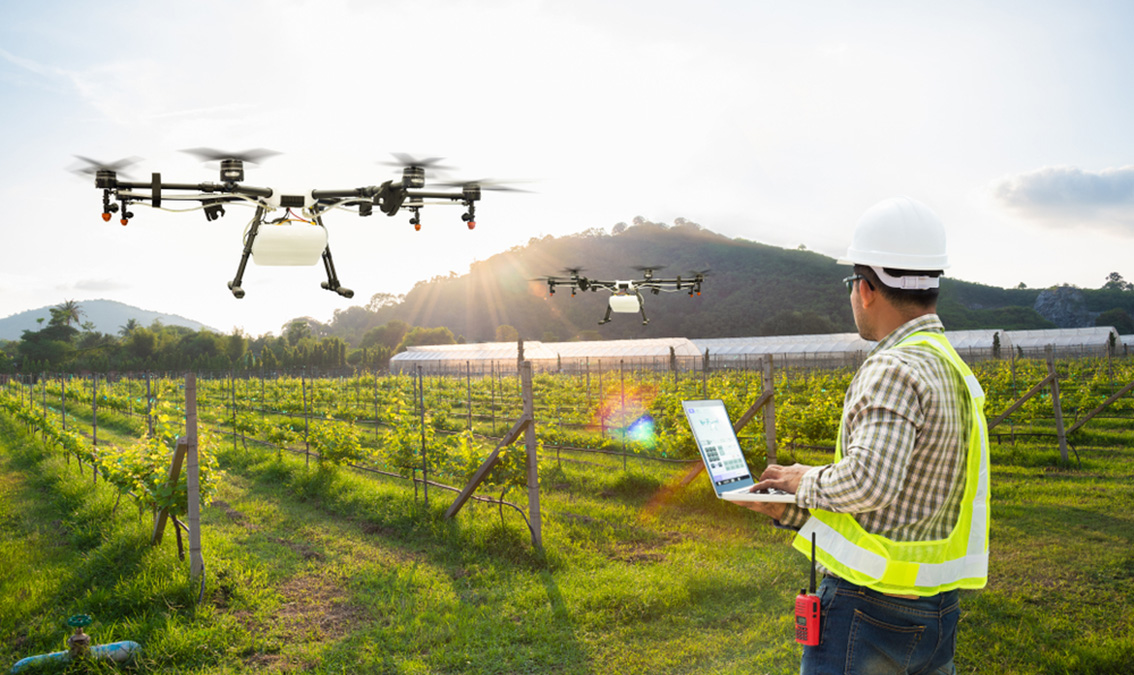The Benefits of Agriculture Drones: A Comprehensive Guide

The use of drones in agriculture has become increasingly popular over the past few years, and for good reason. Agriculture drone D52L-8, such as the D52L-8 model, offers numerous benefits to farmers and agricultural professionals, from increasing crop yields to reducing labor costs. In this comprehensive guide, we will explore the benefits of agriculture drones and their applications in the agricultural industry.
Increased Efficiency and Productivity
Agriculture drones can cover large areas of farmland in a short amount of time, providing farmers with valuable insights and data that can improve crop yields and reduce waste. Drones equipped with advanced sensors and cameras can gather data on crop health, soil moisture, and other factors that impact plant growth. This information can be used to make more informed decisions about irrigation, fertilization, and pest control, leading to more efficient use of resources and higher yields.
Reduced Labor Costs
Traditionally, farmers have had to manually survey their fields to gather information about crop health and soil moisture. This process can be time-consuming and labor-intensive, especially for large farms. Agriculture drones, however, can perform these tasks in a fraction of the time, reducing labor costs and freeing up farmers to focus on other important tasks.
Improved Precision and Accuracy
Agriculture drones equipped with GPS technology and advanced sensors can provide precise, detailed data on crop health and soil conditions. This level of accuracy allows farmers to target specific areas of their fields that require attention, reducing waste and maximizing crop yields. Drones can also be used to create detailed maps of farmland, which can be used to identify areas that are underutilized or overutilized.
Better Crop Management
Agriculture drones can be used to monitor crop growth and development over time, providing farmers with valuable insights into the health and productivity of their crops. This information can be used to make informed decisions about irrigation, fertilization, and pest control, resulting in better crop management and higher yields.
Reduced Environmental Impact
By providing farmers with more accurate and detailed data on crop health and soil conditions, agriculture drones can help reduce the use of harmful chemicals and fertilizers, which can have a negative impact on the environment. Drones can also be used to monitor water usage and detect leaks, helping farmers to conserve water and reduce waste.
Applications of Agriculture Drones
Agriculture drones can be used for a variety of applications, from crop monitoring to livestock management. Here are some of the most common applications of agriculture drones:
Crop Monitoring: Agriculture drones can be used to monitor crop health and growth, allowing farmers to make more informed decisions about irrigation, fertilization, and pest control.
Livestock Management: Drones equipped with cameras and sensors can be used to monitor livestock, providing farmers with valuable insights into the health and productivity of their animals.
Mapping and Surveying: Drones can be used to create detailed maps of farmland, which can be used to identify areas that require attention and optimize crop management.
Precision Agriculture: Agriculture drones equipped with GPS technology and advanced sensors can provide precise, detailed data on crop health and soil conditions, allowing farmers to target specific areas of their fields that require attention.
Conclusion
Agriculture drones, such as the D52L-8 model, offer numerous benefits to farmers and agricultural professionals, from increased efficiency and productivity to reduced labor costs and improved crop management. By providing more accurate and detailed data on crop health and soil conditions, agriculture drones can help farmers make more informed decisions about resource allocation, resulting in higher yields and reduced environmental impact. As the technology continues to improve, we can expect to see even more applications of agriculture drones in the agricultural industry.

